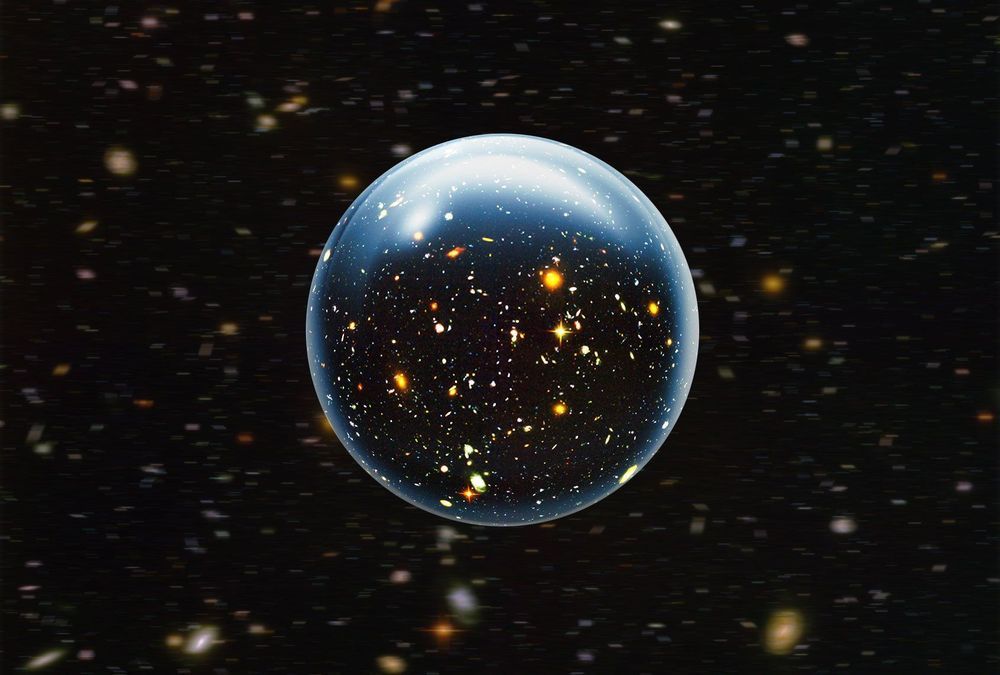According to the theory of General Relativity, mass curves spacetime. As a result, the overall mass of the universe determines its shape. Indeed, scientists have been known to calculate the “critical density” of the universe, which is proportional to the square of the Hubble constant, a variable used in estimating the size, age and expansion rate of the universe. If the actual density of the universe is less than the critical density, it is predicted that the universe will forever expand, as there isn’t enough matter to stop it. This creates a flat, and open, universe.
Yet if the density of the universe is more than the critical density, then that means it has enough mass to stop expanding, which is what the latest study using Planck data is suggesting.
A closed universe could end consequentially with a scenario known as the “Big Crunch” — the opposite of a Big Bang, in a sense, and a state in which the universe contracts until it is compressed again to a single energetic point.









Comments are closed.